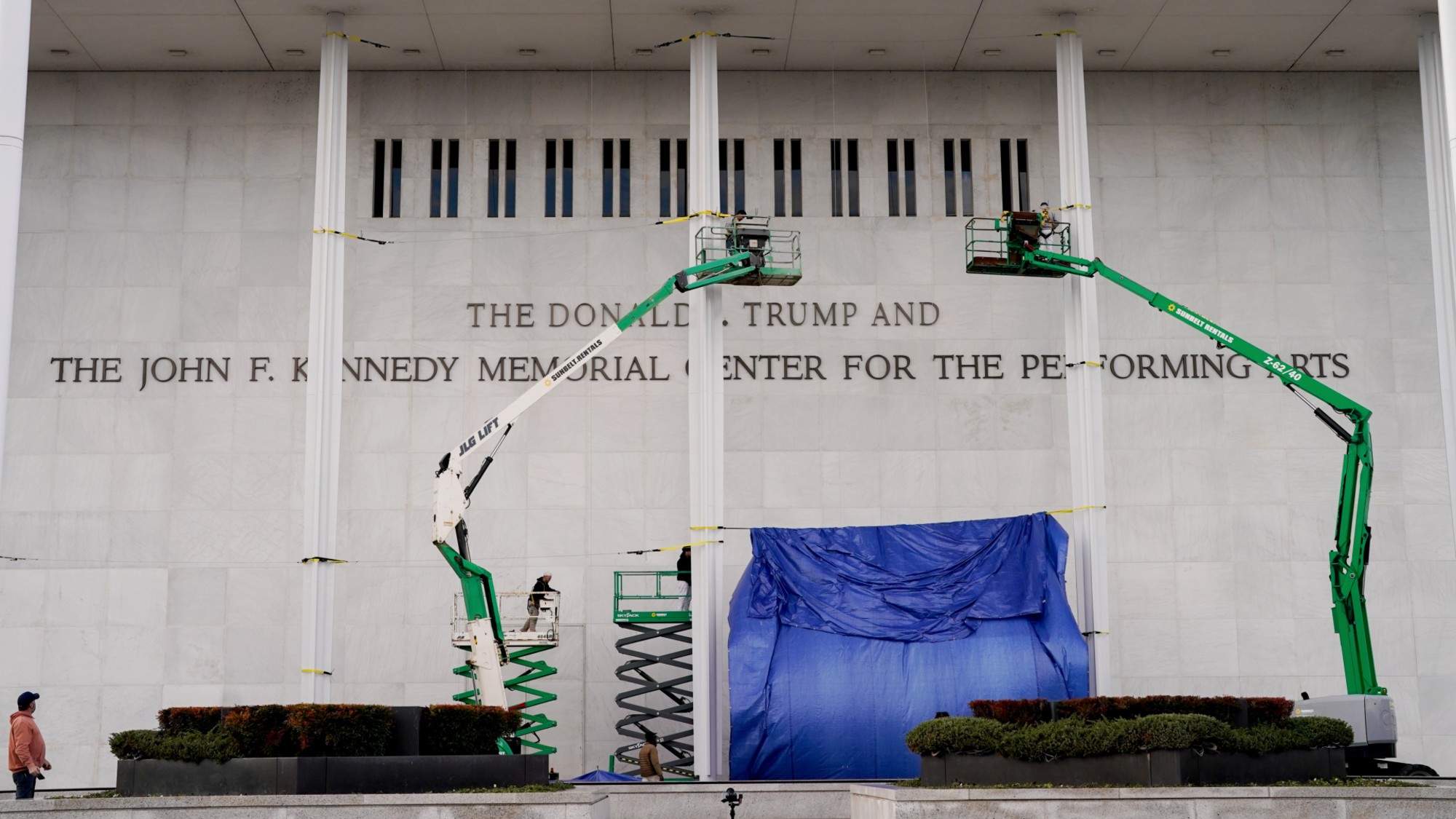Exhibit of the week: Street Seen: The Psychological Gesture in American Photography, 1940–1959
The Milwaukee Art Museum's exhibit of street photography during the 1940s catches Americans off-guard, as they actually were.
Milwaukee Art Museum, through April 25
American street photography was more or less invented in the 1940s, said Angelina Krahn in the Milwaukee Shepherd Express. “With the advent of portable, 35-millimeter cameras,” for the first time it became possible for photographers to catch their fellow Americans off-guard—and capture them as they actually were. And how were they? Anxious, for the most part, troubled by the distant dangers of World War II and, later, the Cold War. The Milwaukee Art Museum’s new exhibition of works by Lisette Model, Robert Frank, and other photographers from the era thus “offers a welcome counterpoint to the rose-colored, whitewashed nostalgia” perpetuated by commercial photographs from that time.
It does more than that, said Mary Louise Schumacher in the Milwaukee Journal Sentinel. “This show breaks important new ground in our understanding of life and culture in mid-century America.” Louis Faurer took photographs of vulnerable, marginalized figures wearing once-fine suits—“a metaphor for the psychological wear and tear of modern life.” William Klein captured a stern-looking group of Christmas shoppers outside Macy’s in New York. He shot them “slightly from below, so they loom ominously.” Model also used a low vantage point in her “Running Legs” series, which shows disembodied legs rushing past partially obscured urban scenes. Looking at them, “we’re injected into the unrelenting stampede of urban life,” and thrown off-balance by the blurry, disorienting images. Model wasn’t the only one of these artists willing to sacrifice clarity for energy: You can hardly make out the faces in Ted Croner’s “grainy and blown out” pictures of people trudging through Times Square, while Saul Leiter’s color images often omit people entirely, “drawing us directly into a thicket of urban particulars—traffic lights, wet streets, taxicabs, dirty windows.”
The Week
Escape your echo chamber. Get the facts behind the news, plus analysis from multiple perspectives.

Sign up for The Week's Free Newsletters
From our morning news briefing to a weekly Good News Newsletter, get the best of The Week delivered directly to your inbox.
From our morning news briefing to a weekly Good News Newsletter, get the best of The Week delivered directly to your inbox.
The best of these artists’ images fairly burst with life, said David Kennedy Jones in The New York Times. Klein “celebrated the grain and grit of blurry action shots, and the haunted forms of the midnight urban landscape.” Leiter and Model found a way to fuse a compositional style learned from avant-garde abstraction with the “intrepid candor of wartime photojournalism.” Yet the images that most haunt you after you’ve left the exhibit are the understated, somewhat conventionally composed photographs of Robert Frank. One Frank photo captures white children and a black man staring out the windows of a segregated New Orleans trolley car. Another shows a diner worker, exhausted, on a stool. Together with the other images in this exhibition, they form “an essential catalog of the American experience.”
A free daily email with the biggest news stories of the day – and the best features from TheWeek.com
-
 5 hilariously slippery cartoons about Trump’s grab for Venezuelan oil
5 hilariously slippery cartoons about Trump’s grab for Venezuelan oilCartoons Artists take on a big threat, the FIFA Peace Prize, and more
-
 A running list of everything Trump has named or renamed after himself
A running list of everything Trump has named or renamed after himselfIn Depth The Kennedy Center is the latest thing to be slapped with Trump’s name
-
 Do oil companies really want to invest in Venezuela?
Do oil companies really want to invest in Venezuela?Today’s Big Question Trump claims control over crude reserves, but challenges loom
-
If/Then
feature Tony-winning Idina Menzel “looks and sounds sensational” in a role tailored to her talents.
-
Rocky
feature It’s a wonder that this Rocky ever reaches the top of the steps.
-
Love and Information
feature Leave it to Caryl Churchill to create a play that “so ingeniously mirrors our age of the splintered attention span.”
-
The Bridges of Madison County
feature Jason Robert Brown’s “richly melodic” score is “one of Broadway’s best in the last decade.”
-
Outside Mullingar
feature John Patrick Shanley’s “charmer of a play” isn’t for cynics.
-
The Night Alive
feature Conor McPherson “has a singular gift for making the ordinary glow with an extra dimension.”
-
No Man’s Land
feature The futility of all conversation has been, paradoxically, the subject of “some of the best dialogue ever written.”
-
The Commons of Pensacola
feature Stage and screen actress Amanda Peet's playwriting debut is a “witty and affecting” domestic drama.